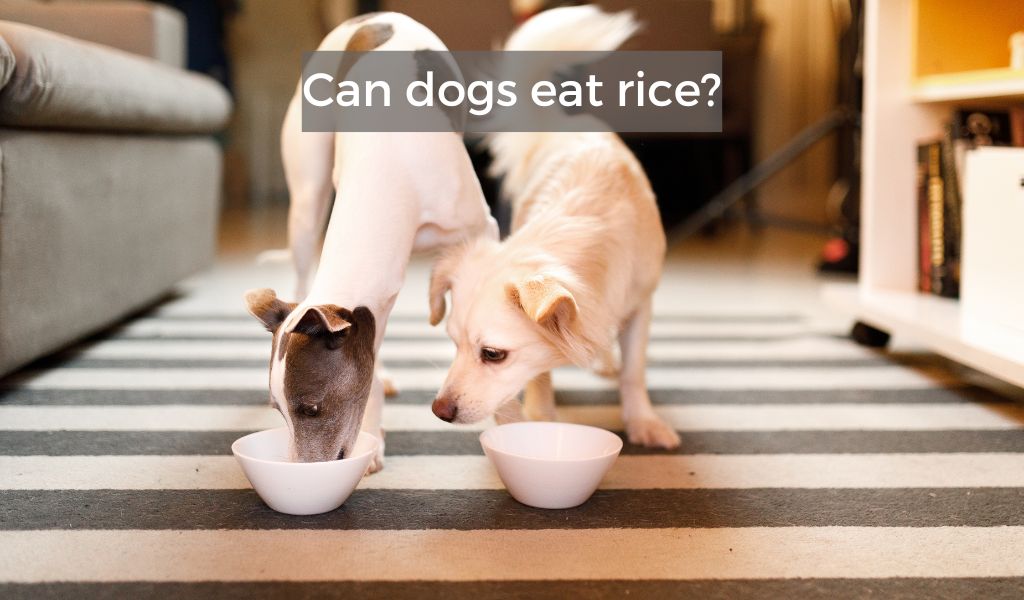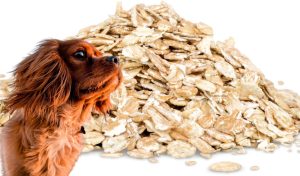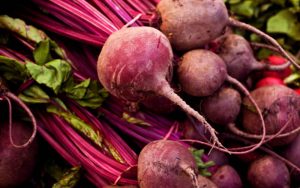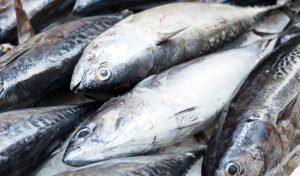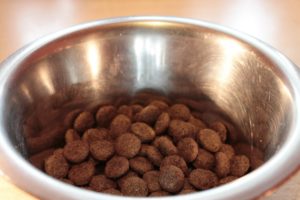Dogs are known as omnivores, which means that they can digest both plant and animal-based foods.
This makes them versatile when it comes to their diet, and opens up a range of possibilities for what you can feed them. One such possibility is rice.
Dogs can eat rice. Rice is low in fat and calories, and is packed with nutrients like thiamine, niacin, and vitamin B6. It also has a high starch content, which makes it a good source of energy for dogs. So can dogs eat rice? The answer is yes – but there are some things you need to keep in mind when feeding your dog rice.
What is rice and where does it come from
Rice is a staple food for millions of people around the world.
It is a grain that is harvested from wet, marshy areas and is used to make a variety of dishes.
Rice is thought to have originated in China, and it was first brought to Europe by Arab traders.
Today, rice is grown in many different parts of the world, including Asia, Africa, and Latin America.
There are many different types of rice, including white rice, brown rice, and basmati rice.
Each type of rice has its own unique flavour and texture.
Rice is usually cooked by boiling it in water or broth until it is tender.
The nutritional value of rice
Rice is a humble grain, yet it is an important part of the diet for billions of people around the world.
It is relatively rich in nutrients, providing a good source of energy, essential vitamins, and minerals.
Rice is predominately composed of carbohydrates, which the body breaks down into glucose to use for energy. It also contains small amounts of protein and fat.
Vitamins and minerals found in rice include thiamin, niacin, vitamin B6, magnesium, phosphorus, and manganese.
Brown rice is particularly high in fibre, which can help to regulate digestion and prevent constipation.
Though it is often thought of as a simple food, rice provides a range of essential nutrients that make it an important part of the diet.
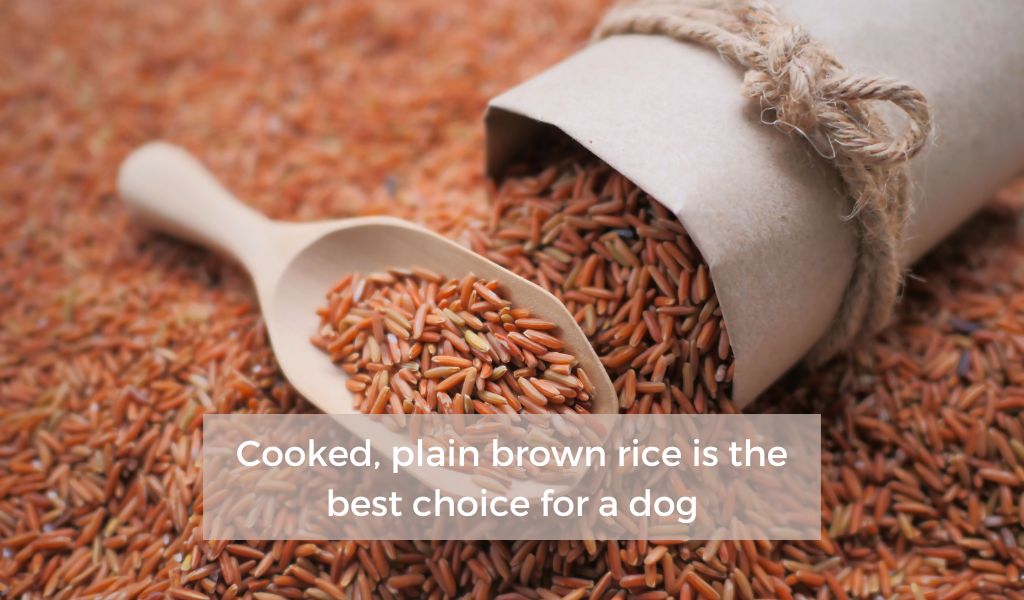
Dogs can eat white or brown rice, but should avoid flavoured and processed types
Brown or white rice can be a healthy part of your dog’s diet.
Rice is a good source of carbohydrates and provides essential vitamins and minerals.
However, flavoured and processed types of rice are not as healthy for dogs. These types of rice often contain unhealthy ingredients, such as salt, spices, and preservatives.
In addition, they may also contain additional calories that can lead to weight gain.
If you’re unsure whether a particular type of rice is safe for your dog to eat, it’s best to consult with your vet.
How much rice should you feed your dog, and how often
Just like people, dogs need a balanced diet to stay healthy.
While every dog is different, most experts agree that rice is a good source of nutrition for dogs.
The amount of rice you should feed your dog depends on its size and activity level.
For example, a small, sedentary dog will require less rice than a large, active dog.
As a general rule of thumb, you should feed your dog about 1/2 cup of rice per day for every 20 pounds of body weight.
You can split this amount into two meals or feed it all at once.
If you have any concerns about your dog’s diet, consult with your veterinarian.
Some potential health benefits of feeding your dog rice
Though many people believe that all dogs should eat a diet of meat, there are some potential benefits to feeding your dog rice as well.
Rice is a good source of carbohydrates, which can provide energy for active dogs. It is also low in fat and calories, making it a good choice for overweight dogs.
Additionally, rice is easy to digest and may be less likely to cause upset stomach than other types of food.
Of course, every dog is different, and you should consult with your veterinarian before making any changes to your pet’s diet.
However, rice may be a healthy option to consider for your dog.
A few things to keep in mind if you decide to give your dog rice
Dogs are omnivores, which means that they are able to digest both plant and animal foods.
Rice is a type of plant food that is high in carbohydrates and can be easily digested by dogs.
In fact, rice is a common ingredient in many commercial dog foods.
However, there are a few things to keep in mind if you decide to give your dog rice.
First, it is important to cook the rice before feeding it to your dog. Raw rice can be difficult for them to digest and may cause stomach upset.
Second, avoid adding any seasoning to the rice, as many seasonings (such as salt) can be harmful to dogs.
Finally, only give your dog a small amount of rice as part of their overall diet. Too much rice can lead to obesity and other health problems.
With these considerations in mind, feeding your dog rice can be a healthy and nutritious way to provide them with the essential nutrients they need.
Final Words
Rice is a nutritious food that can provide many benefits for dogs when fed in moderation.
It’s important to make sure you are feeding your dog the right type of rice, and to monitor their intake in order to avoid any health problems.
If you decide to give your dog rice, be sure to keep these things in mind.

